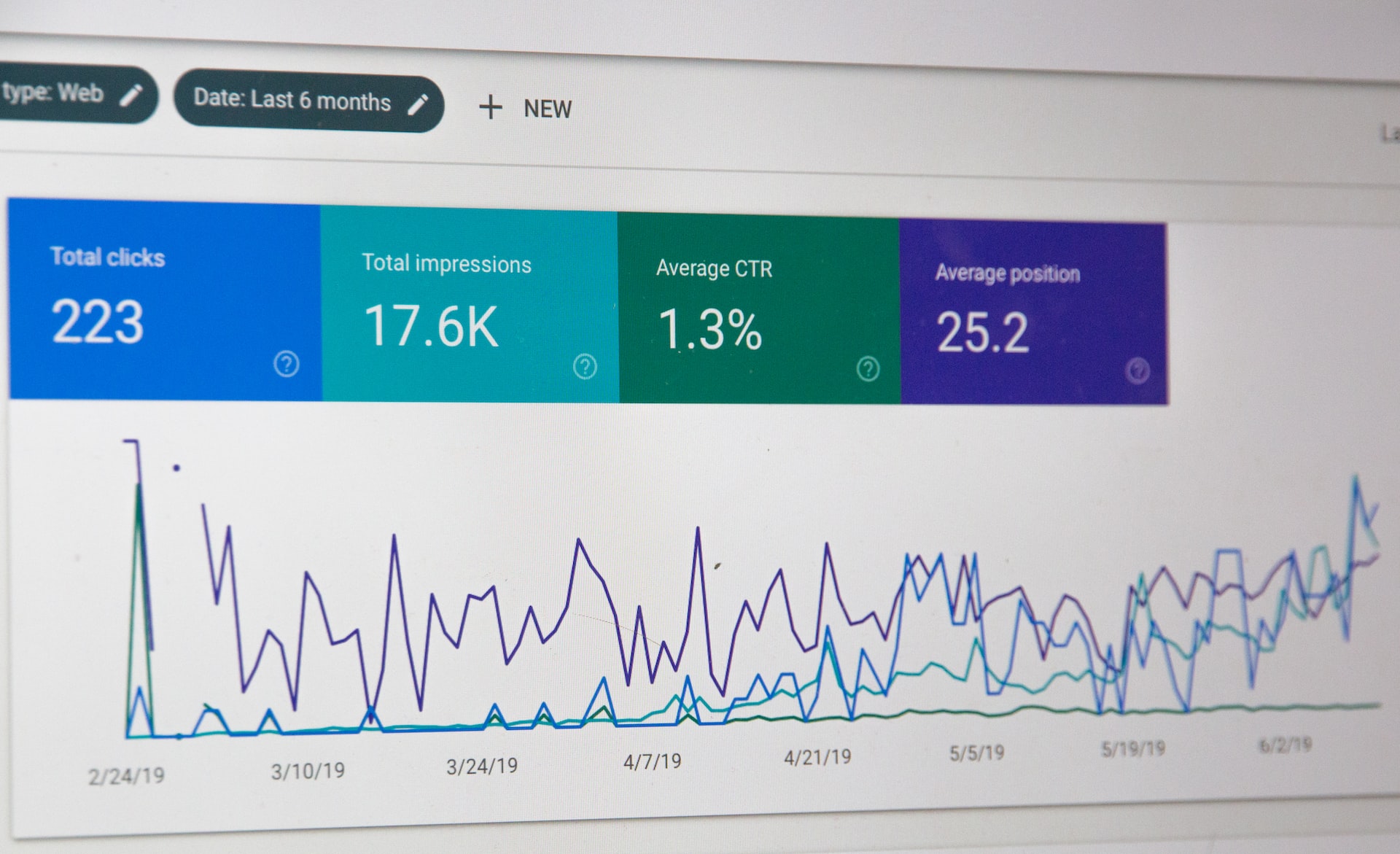What is a Channel Partnership?

Benefits of Channel Partnerships
- Expanded reach: By leveraging your partner's existing customer base and distribution network, you can reach new audiences and markets that would be difficult or expensive to access on your own.
- Increased credibility: Aligning with a trusted partner can help enhance your brand's credibility and reputation in the eyes of potential customers.
- Shared resources: Channel partnerships allow you to pool resources such as marketing budgets, sales teams, and customer support, leading to cost savings and operational efficiencies.
- Complementary offerings: Partnering with a company that offers complementary products or services can help you provide a more comprehensive solution to your customers, increasing your value proposition and competitive advantage.
Selecting the Right Channel Partner
Compatibility
- Business goals and values: Ensure that your partner shares similar business goals and values to foster a strong, long-lasting relationship.
- Market focus: Look for a partner that targets the same or similar markets as your business to ensure a good fit for your products and services.
- Complementary product offerings: A partner with complementary products or services can help you offer a more complete solution to your customers and enhance your value proposition.
Capabilities
- Sales and marketing expertise: A strong partner should have a proven track record in sales and marketing, with the ability to effectively promote and sell your products or services.
- Technical know-how: Look for a partner with the technical expertise to support your product, ensuring seamless integration and a positive customer experience.
- Customer support: A partner with a strong customer support team can help ensure your customers receive the assistance they need, leading to higher satisfaction and retention rates.

Channel Partnership Agreement
Roles and Responsibilities
Revenue Sharing
Marketing and Sales Support
Performance Metrics and Reporting
Termination and Dispute Resolution
Nurturing and Growing Your Channel Partnership
Regular Communication
Joint Marketing Efforts
Ongoing Training and Support
Performance Reviews and Adjustments

Examples of Successful Channel Partnerships
- Apple and IBM: In 2014, Apple and IBM formed a strategic partnership to create enterprise-grade apps for iOS devices, leveraging IBM's big data and analytics capabilities. This partnership has helped both companies expand their presence in the enterprise market.
- Salesforce and Slack: In 2020, Salesforce acquired Slack to integrate the popular messaging platform into its customer relationship management (CRM) software. This strategic alliance has allowed Salesforce to offer a more comprehensive communication solution to its customers and expand its product offering.
- Microsoft and Adobe: Microsoft and Adobe formed a strategic partnership in 2016 to integrate Adobe's marketing software with Microsoft's Azure cloud platform and Dynamics 365 CRM. This collaboration has enabled both companies to offer more comprehensive, cloud-based solutions for their customers.
Related Courses
Unlock long term success with strategic partnerships
Supercharge your product's Go-to-market strategy by signing and growing profitable strategic partnerships
Launch a Successful eCommerce Business: A Step by Step Guide
How to create and execute a strong business plan. Assignments focus on actual development of your own plan and Shopify store.
Communication Engineering
Think Like an Expert. Talk Like an Executive. Thrive in the AI Era.
Negotiation Playbook for Entrepreneurs and Tech Careers
Tactics, frameworks and lessons from a decade of coaching founders, PMs, engineers, and execs to get paid what they are worth.
Pivot to Partnerships: The Best-Kept Secret in Go-to-Market Careers
Pivot to Partnerships is a crash course to help you break into a high-growth, strategic role with better comp, clarity, and career upside.
B2B Sales Strategy for Startup Founders
Discover the secrets to influencing decision-makers and designing a pilot program that gets a YES. (Now in a one-day workshop).
You might also like

Drive Growth with YouTube

Instagram Strategies to Skyrocket Growth

Growth Marketing: The 2023 Definitive Guide

